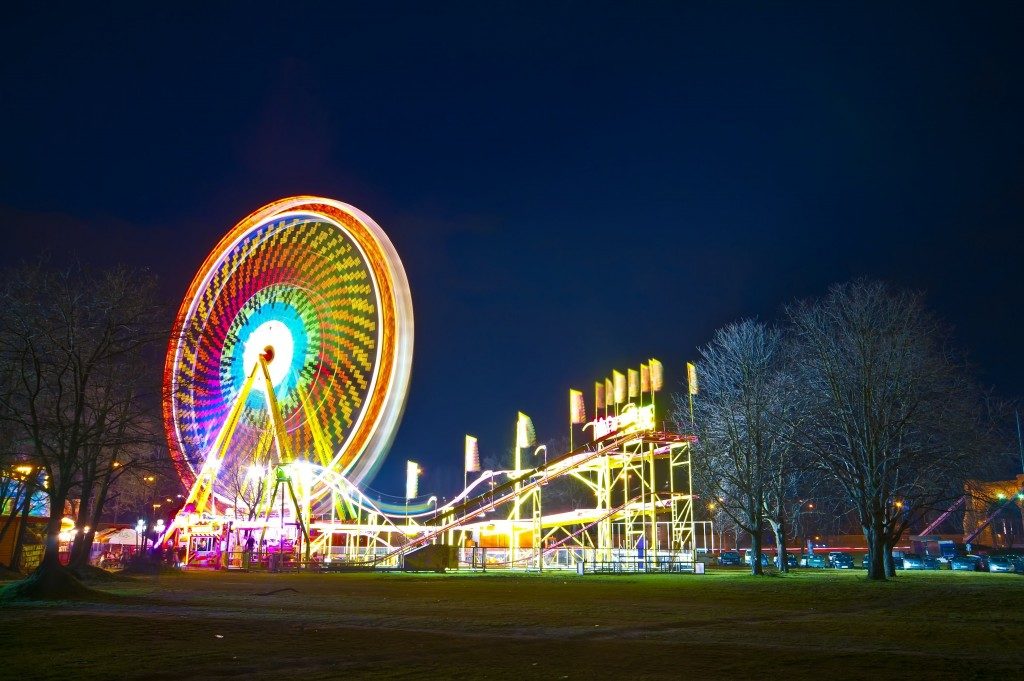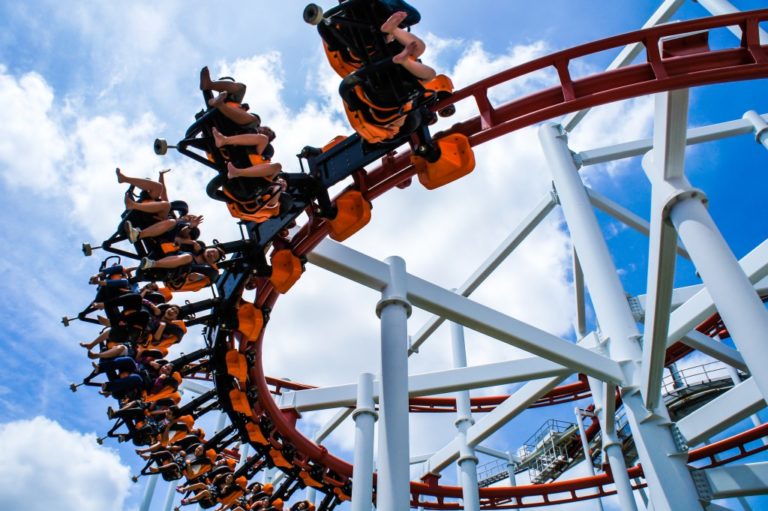Since the 19th century, Americans have been going to amusement parks for family-friendly entertainment and thrills. Parks then were characterized by roller coasters, Ferris wheels, merry-go-round, and other rides fit for adrenaline junkies.
But the changing times have brought technological innovations that dominated people’s attention and lifestyles. Industries have had to adapt and accommodate this change to stay relevant, and the amusement park industry is no exception.
Marrying Technology and Thrill
When Disneyland first opened its doors in 1995, Walt Disney had to rely on filmmaking techniques to bring his rides to life. Over the years, Disneyland and other theme parks incorporated technologies, such as robotics, animatronics, projected imagery, and others to create a semblance of an alternate reality.
Today, virtual reality (VR) has allowed amusement parks to perfect their reality-transporting rides and offer more immersive experiences. The first ones to introduce VR are Cedar Point in Ohio, several Six Flags locations, SeaWorld Orlando, and a few more. At this time, VR was still unrefined, so the amusement parks had a difficult time transitioning their rides to fit the technology.
The image quality was poor and glitchy, and giving the passengers a headset each took too long. This led to longer lines and extra expenses. Over time, VR in itself improved. Theme parks were able to embed the technology more smoothly in their rides.
But Disney CEO Robert Iger expressed his dislike for VR. He says it blocks visitors’ view from reality and places them in a fake, digital world. Also, VR turns a supposedly social experience into a solo, isolated one – which takes out the spirit of amusement parks. But he hinted the possibility of integrating augmented reality (AR) in some Disneyland attractions.
The addition of high-tech elements in parks not only offers more immersive attractions, it also attracts the millennial demographic.
Tech, Experience, and Nostalgia

Consumers, especially millennials, are choosing to spend on experiences instead of products. This experience economy, according to the International Association of Amusement Parks and Attractions (IAAPA), has major contributions to the continual growth of theme parks, which cater specifically to the demand for unique experiences.
As the experience economy continues to grow, the industry is opening up more unique entertainment franchise opportunities for entrepreneurs. In 2017, the global theme park attendance rose to 1.1 billion. The IAAPA expects this trend to rise, with a compound annual growth rate (CAGR) of 3.8 percent between 2017 and 2022.
Another factor that draws in millennials to theme parks is nostalgia. This generation grew up going to theme parks so now, they still view these places as attractive vacation destinations. This partly explains why millennials, kids or not, are more likely to say that the admission price is worth it compared to older adults.
The prime example of a nostalgia-driven theme park is the Wizarding World of Harry Potter by Universal Studios. The book series came out from 1997 to 2005, which were the childhood years of millennials. Unlike other amusement parks, like Disneyland, that target children, the Harry Potter park caters to Generation Y specifically.
The inclusion of tech boosts the nostalgic elements in amusement parks. An example is Universal Studios’ planned Super Nintendo World. The entire park will be in keeping with the millennials aesthetic, featuring games that the generation grew up with, such as Donkey Kong, Zelda, and Mario Bros.
The evolving amusement park industry is giving way to more innovative rides and features. Although slightly anchored on nostalgia, the industry is forward-looking and keen on introducing never-before-seen attractions that the experience economy can anticipate.




